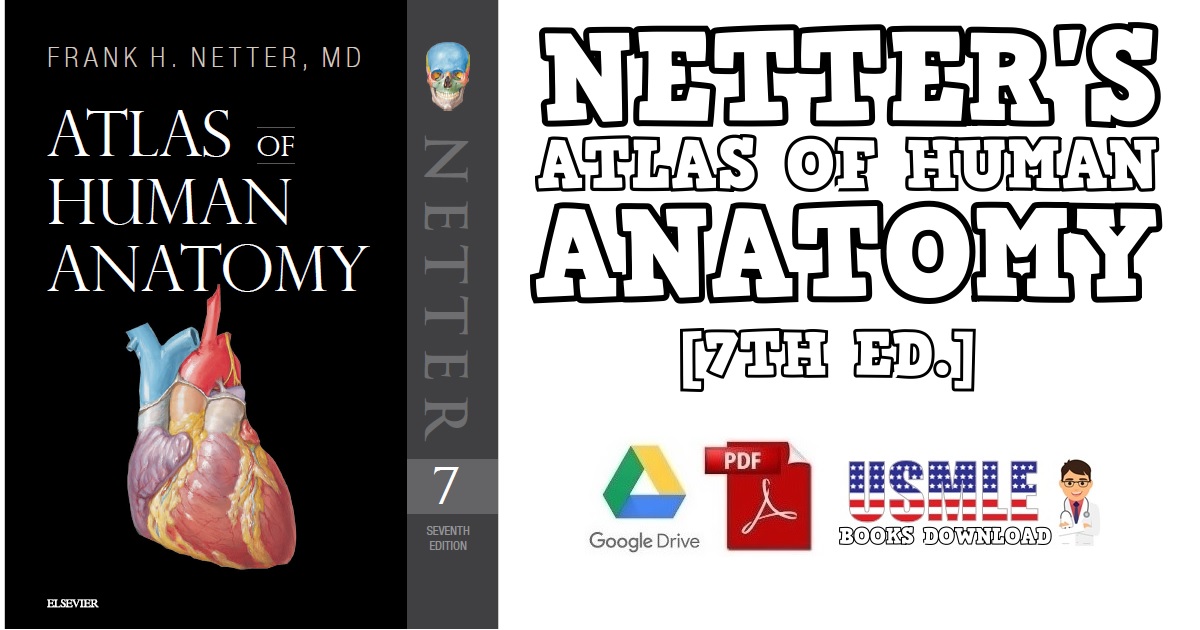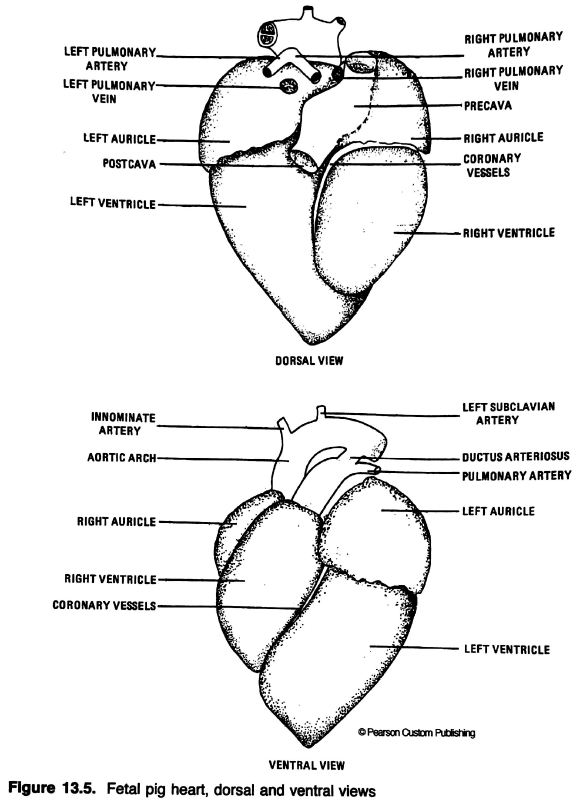

The period of relaxation is called diastole. This process is called the cardiac cycle. Blood again flows into the atria, and an impulse from the S-A starts the cycle over again. Following contraction, the ventricles relax, and pressure within them falls. Contraction of the ventricles is controlled by impulses from the atrioventricular, or A-V, node located at the junction of the two atria. An impulse from the S-A node causes the two atria to contract, forcing blood into the ventricles. These contractions are stimulated by electrical impulses from a natural pacemaker, the sinoatrial, or S-A, node located in the muscle of the right atrium. The pumping of the heart, or the heartbeat, is caused by alternating contractions and relaxations of the myocardium. Listen to an exposed human heartbeat during open-heart surgery See all videos for this article Pressure is reduced in the capillaries (vessels of minute diameter) and is reduced further in the veins returning blood to the right atrium. Blood pressure is greatest in the left ventricle and in the aorta and its arterial branches. Passage of blood through the left atrium, bicuspid valve, left ventricle, aorta, tissues of the body, and back to the right atrium constitutes the systemic circulation. The low-pressure circuit from the heart (right atrium and right ventricle), through the lungs, and back to the heart (left atrium) constitutes the pulmonary circulation. Valves in the heart allow blood to flow in one direction only and help maintain the pressure required to pump the blood. Oxygenated blood is returned to the left atrium through the pulmonary veins.

In the lungs venous blood comes in contact with inhaled air, picks up oxygen, and loses carbon dioxide. Blood then passes through the tricuspid valve to the right ventricle, which propels it through the pulmonary artery to the lungs. The right atrium receives venous blood from the head, chest, and arms via the large vein called the superior vena cava and receives blood from the abdomen, pelvic region, and legs via the inferior vena cava. The heart, although a single organ, can be considered as two pumps that propel blood through two different circuits. SpaceNext50 Britannica presents SpaceNext50, From the race to the Moon to space stewardship, we explore a wide range of subjects that feed our curiosity about space!Įxplore the human heart and how the cardiovascular system help circulate blood throughout the body See all videos for this article.Learn about the major environmental problems facing our planet and what can be done about them!

#GROSS ANATOMY OF THE HUMAN HEART PDF HOW TO#

This Time in History In these videos, find out what happened this month (or any month!) in history.#WTFact Videos In #WTFact Britannica shares some of the most bizarre facts we can find.Demystified Videos In Demystified, Britannica has all the answers to your burning questions.Britannica Explains In these videos, Britannica explains a variety of topics and answers frequently asked questions.Britannica Classics Check out these retro videos from Encyclopedia Britannica’s archives.


 0 kommentar(er)
0 kommentar(er)
